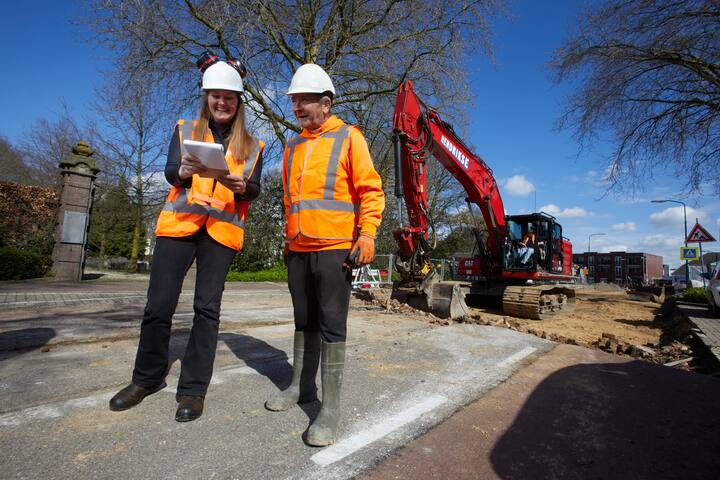
In-situ Density
In-situ Density Testing
In-situ density testing is used to assess the compaction of sand layers and foundation materials directly on-site. These tests provide immediate insight into the quality of the executed work. Depending on the project requirements, either the sand cone method or the nuclear method is used.
Benefits of In-situ Density Testing
Get immediate insight into the quality of the executed work
Meet specification and guideline requirements such as CROW
Save time and costs with fast on-site measurements
Choose the most suitable method accurate or fast based on your project needs
To measure is to know
Proper compaction of foundation layers is crucial for stable and long-lasting road and construction works. In-situ testing ensures that the applied materials meet the required standards and specifications, without the delay of waiting for lab results.
Which methods are available?
Sand Cone Method This manual method is highly accurate and ideal for smaller areas or when precision is essential. A sample is taken using a ring of fixed volume, after which the moisture content and dry density are determined in the lab.
Nuclear Method This method uses a nuclear probe to quickly and reliably measure the density and moisture content of the material. The test is non-destructive and provides immediate results. This method is recommended by CROW for larger areas, due to its speed and representative accuracy.
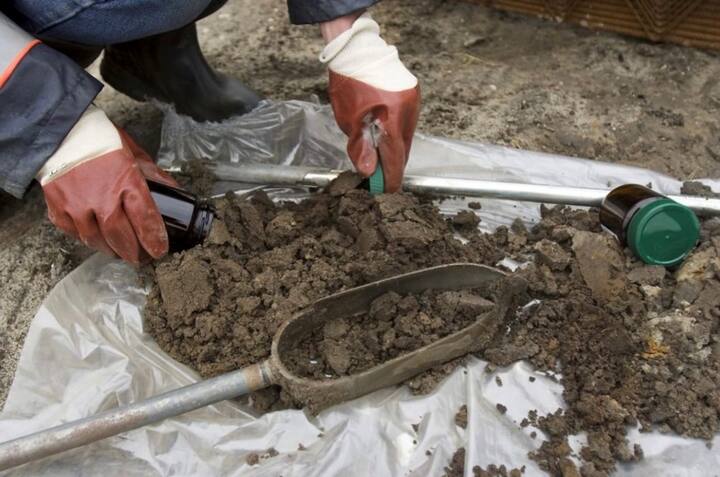
These services might also be of interest to you
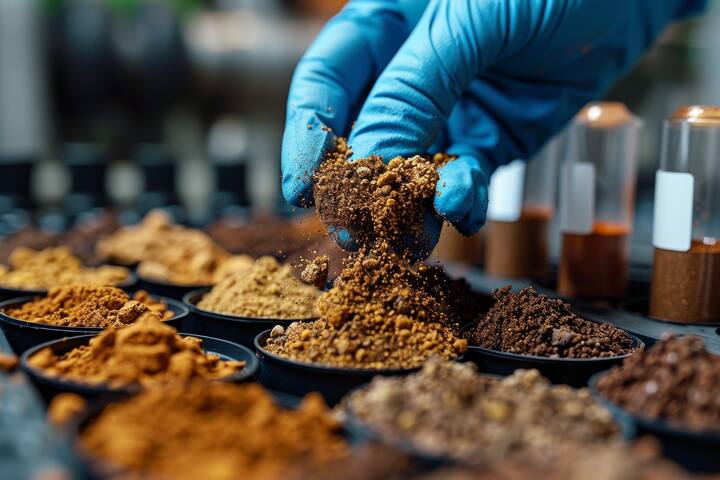
Compaction testing of sand beds and foundation layers
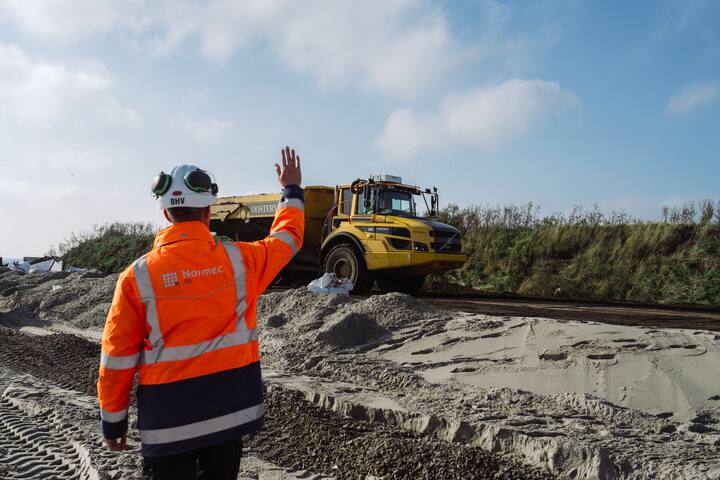
Grain size distribution of sand, foundation material and recycled asphalt
Leading companies in this service
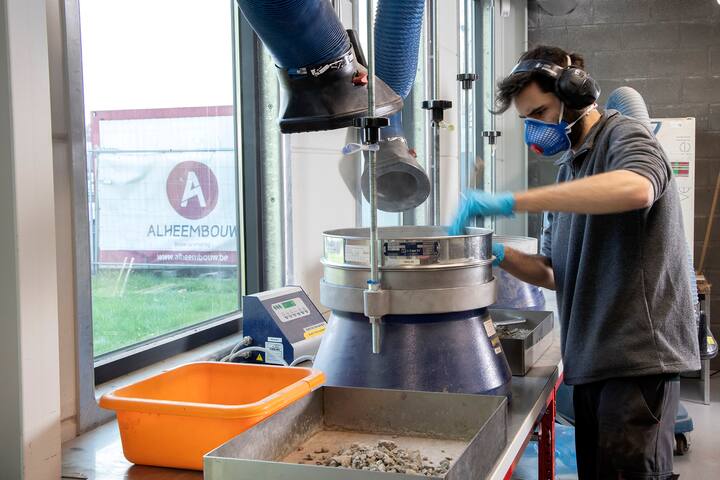
Normec WBL
Leerdam Netherlands